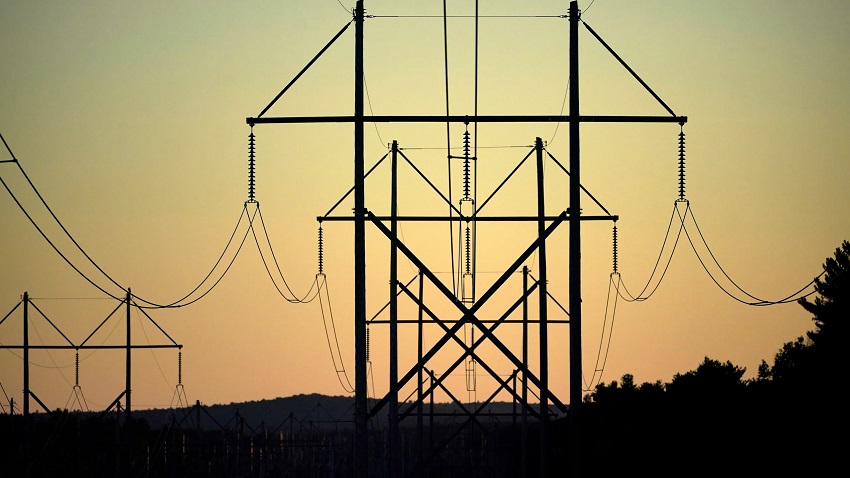Bismarck, ND – The U.S. Department of Energy (DOE) has moved into Phase 3 of its process to designate National Interest Electric Transmission Corridors (NIETC), with southern North Dakota and the Standing Rock Reservation named among the few areas in the country potentially eligible for expedited electric transmission development. This designation could significantly impact the energy landscape in these regions, which have long struggled with high energy costs and reliability issues due to limited transmission infrastructure.
The DOE’s decision to include the Tribal Energy Access Corridor in the NIETC process marks a pivotal step toward addressing these challenges. The corridor, which stretches from southern North Dakota through South Dakota and into northern Nebraska, encompasses several Native American reservations, including Standing Rock, Cheyenne River, Pine Ridge, Rosebud, and Yankton. These communities are classified as “energy disadvantaged” by the DOE, with energy costs that are at or above the 90th percentile in the country and a significant portion of the population living below the poverty line.
The Tribal Energy Access Corridor designation, if finalized, would unlock access to increased federal funding for transmission projects and provide developers with the ability to bypass some environmental reviews, accelerating project timelines. It could also grant the Federal Energy Regulatory Commission (FERC) the authority to override state and local decisions on transmission siting, potentially speeding up the approval process for necessary infrastructure in the region.
While the move has been welcomed by many energy advocates who see it as a way to boost grid reliability and enhance access to renewable energy, particularly from rural areas, it has raised concerns among state officials. North Dakota’s primary utility regulator has voiced apprehension about the potential for federal intervention in state and local oversight of electric transmission siting. These concerns highlight the ongoing debate over the balance of power between state and federal authorities in energy development.
The DOE’s effort to streamline transmission development is seen as essential for integrating renewable energy sources such as wind and solar into the grid. Rural areas along the Tribal Energy Access Corridor are home to some of the country’s largest wind energy resources, making them key to expanding renewable energy capacity in the United States. However, the lack of sufficient transmission infrastructure has hindered the ability to efficiently transport this power to areas that need it most, exacerbating energy costs and reliability issues for local residents.
The Tribal Energy Access Corridor is one of three corridors identified by the DOE as part of its effort to enhance national grid reliability and support clean energy initiatives. The other two corridors, the Southwestern Grid Connector and the Lake Erie-Canada Corridor, also aim to address regional transmission constraints but do not include the unique focus on energy disadvantaged communities and tribal lands.
The DOE’s announcement has sparked a conversation about the future of energy transmission in the United States and the role of federal policies in shaping infrastructure development. While the designation could be a game-changer for energy access in North Dakota and surrounding areas, it is clear that the conversation is far from over, with ongoing debates about the best approach to balancing energy needs with local oversight and environmental considerations.


